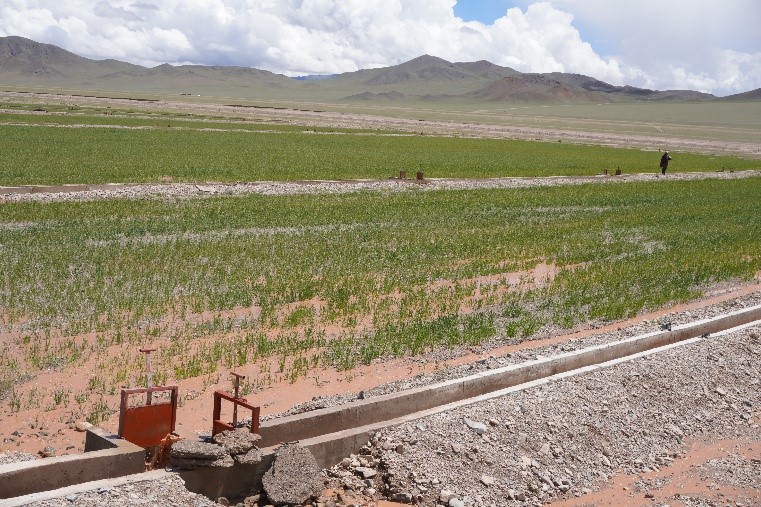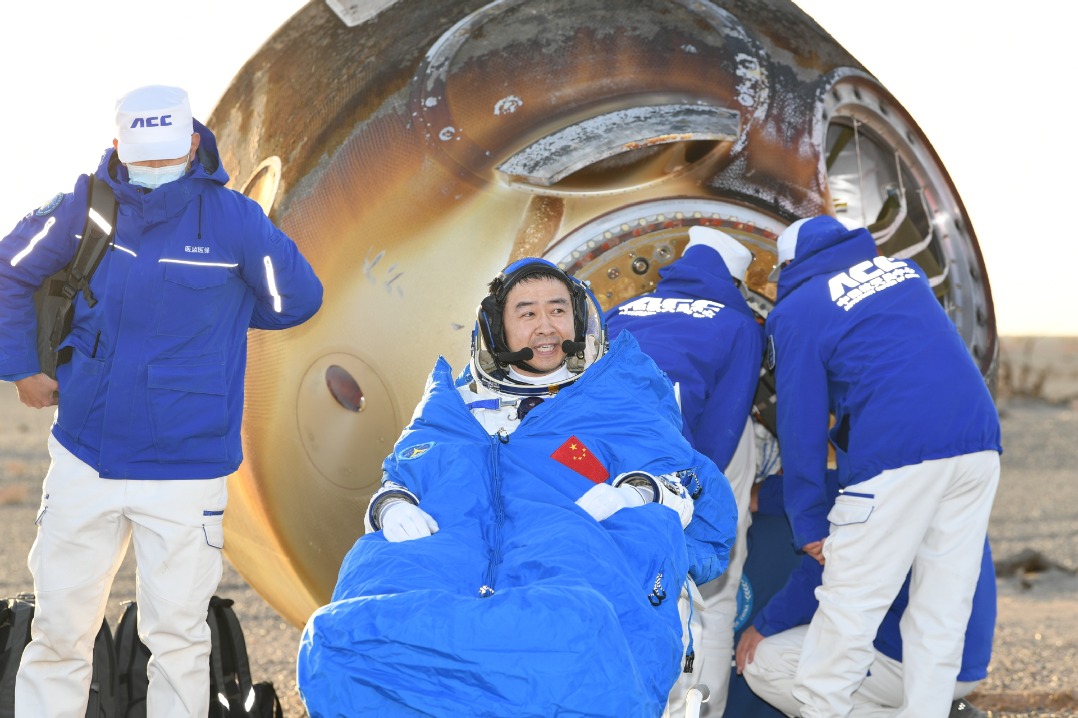Bold experiment transforms barren desert into green pasture in Xizang


Tsering Drukyi, a 28-year-old local driver from the village, said his family — along with his parents and older brother — leased 300 to 400 mu of land back in 2016. The initiative, he said, has brought his family an additional annual income exceeding 30,000 yuan.
"Every year from May to June, we plant the grass seeds, irrigate them regularly using the canal system, and clear away stones," he said. "By October, the grass grows over a meter tall, and we harvest it."
According to Drukyi, his family keeps a portion of the dry grass to feed their own sheep through the winter, and sell the remainder.
Located on the western edge of the Tibetan Plateau at an average altitude of over 4,500 meters, Ngari is often called "the roof on the roof of the world".
Drukyi recalled that the first year of planting was the most difficult due to the rocky, gravel-covered ground. "But as the soil improved year by year, planting became much easier," he said.
Looking ahead, Ngodrub, the township head, said the township plans to expand the artificial planting area and improve the quality of grass. "We're also exploring ways to integrate grass planting with livestock husbandry, eco-tourism, and other sectors to maximize its ecological, economic, and social benefits," he said.
























